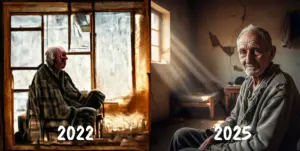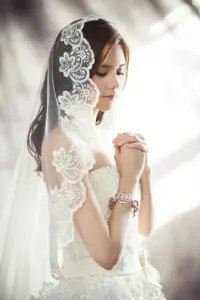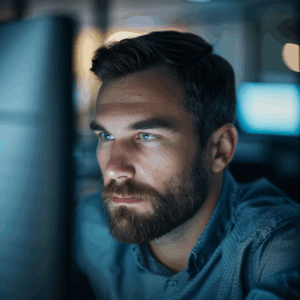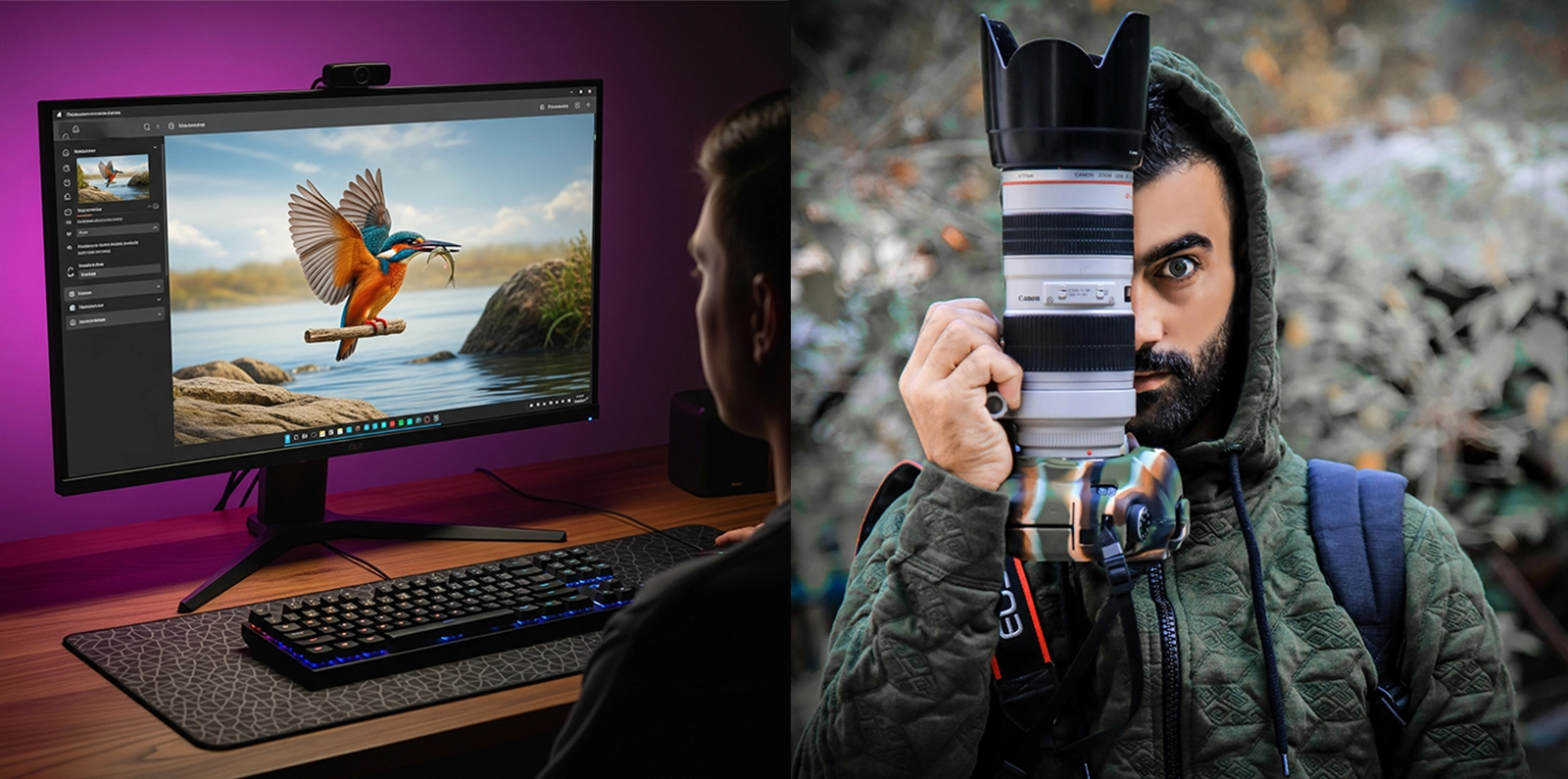Can AI-Generated Images and Videos Truly Replace Real Photographers? A Deep Dive into Authenticity, Impacts, and the Future of Visual Storytelling
The Evolution of AI in Visual Media
AI’s foray into photography and videography is part of a broader technological revolution. Generative AI models, trained on vast datasets of images and videos, can produce content that rivals professional work. From hyper-realistic portraits to sprawling landscapes, AI creates visuals that are often indistinguishable from those captured by a camera—at least to the untrained eye. Tools like Adobe’s Firefly and Canva’s AI features have further integrated these capabilities into mainstream workflows, enabling both amateurs and professionals to enhance or entirely generate visuals.
The accessibility of AI tools is a key driver. Unlike traditional photography, which demands expensive equipment, technical expertise, and often physical travel, AI allows anyone with a computer or smartphone to create stunning content instantly. This democratization has fueled adoption across industries, from e-commerce generating product mockups to influencers crafting dreamlike backdrops for social media. But as AI blurs the line between real and synthetic, questions of authenticity and the role of human photographers take center stage.
Where AI Excels

AI’s strengths lie in speed, scalability, and cost-efficiency. Here are key areas where it’s making inroads:
- Stock Photography and Commercial Imagery: Platforms like Shutterstock and Adobe Stock are seeing an influx of AI-generated images, which are cheaper and faster to produce than traditional shoots. Need a generic “business handshake” or “tropical beach”? AI delivers instantly.
- Product Photography: E-commerce businesses can generate countless product variations—different colors, angles, or settings—without physical prototypes or studio time. This is a boon for startups or small businesses with limited budgets.
- Creative Experimentation: Artists and marketers use AI to prototype concepts, test visual campaigns, or generate surreal imagery that would be impossible or impractical to shoot.
- Post-Production Efficiency: AI enhances traditional photography by automating tasks like background removal, retouching, or upscaling resolution, saving hours of manual work.
Where Human Photographers Shine
Despite AI’s capabilities, human photographers bring irreplaceable qualities:

- Emotional and Contextual Depth: A photographer’s ability to capture candid moments, interpret a subject’s story, or frame a scene with intention adds a human touch AI can’t replicate. For example, wedding photography thrives on spontaneity and emotional nuance—qualities AI struggles to authentically mimic.
- On-Location Expertise: Fields like wildlife, travel, or documentary photography require physical presence and adaptability. AI can’t trek through a jungle or anticipate a fleeting moment like a seasoned photographer.
- Ethical and Cultural Sensitivity: In journalism or cultural photography, humans ensure respectful representation and accurate context, avoiding the biases or inaccuracies AI might inadvertently introduce.
- Unique Artistic Vision: Photographers develop signature styles over years, whereas AI often produces polished but generic outputs, sometimes criticized as “AI slop.”
Historical Parallels
The debate mirrors past disruptions. When digital cameras emerged, many feared film photography would vanish, yet it persists as a niche art form. Similarly, AI is less a replacement and more an evolution, akin to the invention of photography itself, which made portraiture accessible beyond the elite. The challenge is balancing AI’s efficiency with the soul of human creativity.
The Authenticity Crisis: Verifying Real vs. AI-Generated Content
As AI-generated visuals flood the internet, ensuring their authenticity is a growing concern. A fabricated photo of a tourist destination could mislead travelers, while a fake product image might deceive customers, eroding trust. In journalism, manipulated visuals can spread misinformation, with real-world consequences. Conversely, genuine photos are increasingly mistaken for AI fakes, creating skepticism that harms creators.

Why Authenticity Matters
- Travel and Tourism: Imagine booking a hotel based on a pristine AI-generated beach view that doesn’t exist. Misleading visuals lead to disappointment and financial loss.
- E-Commerce Trust: Authentic product photos ensure customers receive what they expect. AI-generated images might exaggerate features, leading to returns and negative reviews.
- Journalistic Integrity: In news, manipulated images can distort reality, fueling misinformation or propaganda.
- Personal Branding: A headshot or portfolio piece must reflect reality to build credibility. AI-generated fakes risk damaging reputations.
Methods to Authenticate Visual Content
Ensuring authenticity requires a mix of technology, vigilance, and policy:
- Metadata and EXIF Data: Real photos typically include metadata (camera type, date, location) embedded in files. AI images often lack this or generate inconsistent metadata, though advanced AI is closing this gap.
- AI Detection Tools: Platforms like Hive Moderation, Illuminarty, and Truepic analyze images for telltale signs of AI generation, such as unnatural pixel patterns, inconsistent lighting, or anatomical errors (e.g., extra fingers). These tools are improving but aren’t infallible.
- Content Provenance Technologies: Initiatives like the Content Authenticity Initiative (CAI) and C2PA (Coalition for Content Provenance and Authenticity) embed cryptographic signatures in images, verifiable via blockchain, to confirm their origin and edits.
- Reverse Image Search: Tools like Google Images or TinEye can trace an image’s source, helping verify if it’s been manipulated or widely circulated as AI-generated.
- Human Cross-Referencing: Checking multiple sources (e.g., user reviews, official websites) or consulting local experts can confirm a place or product’s depiction.
- Ethical Standards and Labeling: Platforms like Getty Images and Adobe are adopting policies to label AI-generated content clearly, fostering transparency.

Challenges in Detection
The arms race between AI generation and detection is intensifying. Advanced models produce fewer artifacts, making detection harder. For instance, AI-generated faces are now so realistic that even experts struggle without specialized tools. Additionally, malicious actors can strip metadata or mimic real camera signatures, complicating verification.
The Positive Impacts of AI in Photography and Videography
AI’s influence isn’t just disruptive—it’s transformative, offering benefits that enhance creativity and accessibility.
- Democratization of Creativity: AI empowers non-professionals to create high-quality visuals, leveling the playing field. Small businesses, independent artists, and hobbyists can produce professional-grade content without investing in gear or training.
- Time and Cost Efficiency: Photographers save hours on repetitive tasks like retouching, color correction, or background removal. Businesses reduce costs by generating visuals in-house, bypassing expensive shoots.
- Accessibility and Inclusivity: AI tools can generate images for visually impaired users (e.g., descriptive visuals for screen readers) or create culturally diverse representations tailored to specific audiences.
- Environmental Benefits: Virtual shoots eliminate the need for travel, physical sets, or disposable props, reducing the carbon footprint of visual production.
- Innovation in Art and Education: AI enables experimental art forms, like surrealist videos or hybrid realities, and serves as a training tool for aspiring photographers by simulating lighting or composition scenarios.
- Augmentation for Professionals: AI enhances rather than replaces, offering tools like generative fill, smart cropping, or video stabilization, allowing photographers to focus on creativity.
These advantages make AI a powerful ally, particularly for resource-constrained creators or industries.
The Negative Impacts and Ethical Dilemmas
While AI offers immense potential, its downsides are significant and multifaceted.
- Job Displacement: Entry-level photographers, stock image creators, and commercial studios face competition from AI’s low-cost outputs. This could devalue skills and reduce opportunities, especially for freelancers.
- Misinformation and Deepfakes: AI-generated visuals, especially videos, fuel deepfakes and scams. A fake video of a public figure or a fabricated event can spread rapidly, undermining trust.
- Erosion of Trust: Inauthentic visuals in advertising or personal branding can damage credibility. Customers misled by exaggerated product images may lose faith in brands.
- Environmental Costs: Training large AI models consumes vast amounts of energy, contributing to carbon emissions. This irony clashes with AI’s potential to reduce physical production’s footprint.
- Intellectual Property Violations: Many AI models are trained on copyrighted images without artists’ consent, sparking lawsuits and ethical debates. Platforms like Midjourney have faced scrutiny for this practice.
- Creative Homogenization: Over-reliance on AI risks producing generic, predictable visuals, stifling originality. The term “AI slop” describes low-effort, formulaic outputs flooding platforms.
- Bias and Representation: AI can perpetuate biases in training data, such as underrepresenting certain ethnicities or reinforcing stereotypes, affecting the diversity of generated content.
Addressing these requires robust regulations, transparent labeling, and ethical AI development practices.
The Future: Balancing AI and Human Creativity
The future of photography and videography lies in a symbiotic relationship between AI and human creators. Historical parallels suggest adaptation over obsolescence—smartphones didn’t eliminate professional cameras but expanded their reach. Here’s what’s on the horizon:
- Advanced Authentication: Improved detection tools and blockchain-based provenance (e.g., CAI, C2PA) will enhance trust, making it easier to verify real vs. AI-generated content.
- Hybrid Workflows: Photographers will increasingly integrate AI for efficiency while focusing on niches requiring human insight, like event photography or fine art.
- Ethical Regulations: Governments and industries may mandate labeling of AI-generated content and protect artists’ rights, addressing IP concerns.
- Consumer Awareness: Educated audiences will demand transparency, supporting platforms and creators who prioritize authenticity.
- Specialized Niches: Photographers can thrive by focusing on areas AI can’t touch, like immersive storytelling or culturally sensitive work.
For businesses and consumers, verifying content will remain critical. Tools like reverse image search, metadata checks, and AI detectors will empower users to make informed decisions.
Practical Tips for Pixvee Readers
- For Consumers:
- Use reverse image search to verify travel or product photos.
- Check for metadata or consult AI detection tools like Illuminarty.
- Cross-reference visuals with trusted sources, like official websites or user reviews.
- For Photographers:
- Embrace AI for editing and ideation but focus on unique, human-driven storytelling.
- Adopt CAI-compliant tools to watermark your work, proving authenticity.
- Specialize in niches like live events or editorial photography to stay competitive.
- For Businesses:
- Use AI for cost-effective mockups but prioritize real photos for high-stakes products.
- Label AI-generated content clearly to maintain customer trust.
- Invest in verification tools to ensure supplier or partner visuals are authentic.
Conclusion: A New Era for Visual Storytelling
AI-generated images and videos are revolutionizing visual media, offering unprecedented accessibility and efficiency. However, they can’t fully replace the emotional depth, ethical nuance, and creative vision of human photographers. The challenge lies in ensuring authenticity—whether you’re a traveler verifying a destination, a shopper confirming a product, or a journalist upholding truth. By leveraging detection tools, supporting ethical standards, and fostering transparency, we can harness AI’s benefits while preserving trust.
At Pixvee, we believe in the power of visuals to connect and inspire. As AI reshapes this landscape, let’s embrace its potential while championing authenticity. What’s your take on AI in photography? Have you encountered AI-generated visuals that surprised you? Share your thoughts in the comments below, and join us in navigating this exciting new era!
Written by Sandeep Singh
